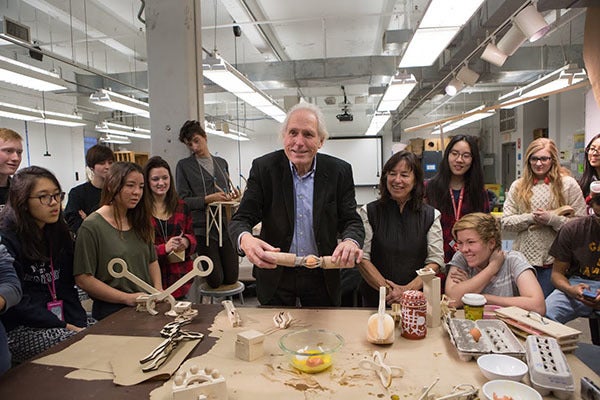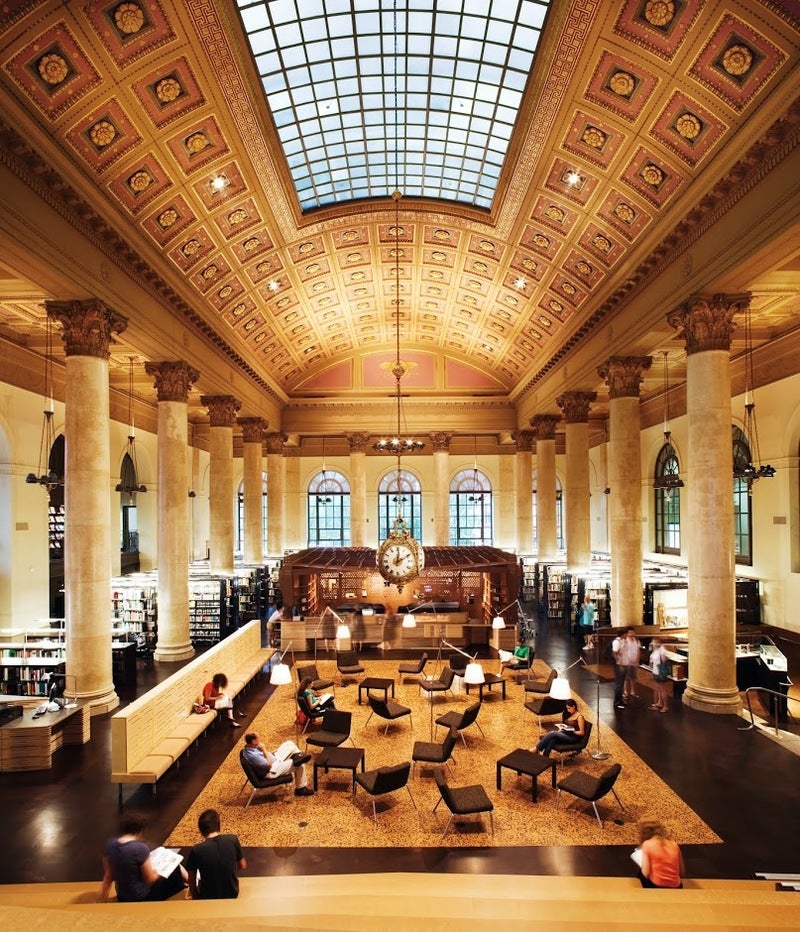The incubators of emerging talent share how the interior design curriculum has changed. What’s been added and what’s been tossed?
 RISD Spatial Dynamics Studio
RISD Spatial Dynamics Studio
Yo IKEA, allow Kanye to create.” If he were running for office, Kanye West’s third-person entreaty tothe Swedish furnishings company might be the perfect sound bite for a bonkers election year. But we are dealing in cultural currency not social policy, andthis populist machinery runs on retweets. The rapper, Fashion Week presenter and social media habitué really does want to design furniture, furthering the point that the distinctions between artistic lanes are becoming pixelated, all in the name of the brand. Should a “Kanye West for IKEA” collection come to fruition, West would manage any critical response with braggadocio and thick celebrity skin.


BOH subscribers and BOH Insiders.









































